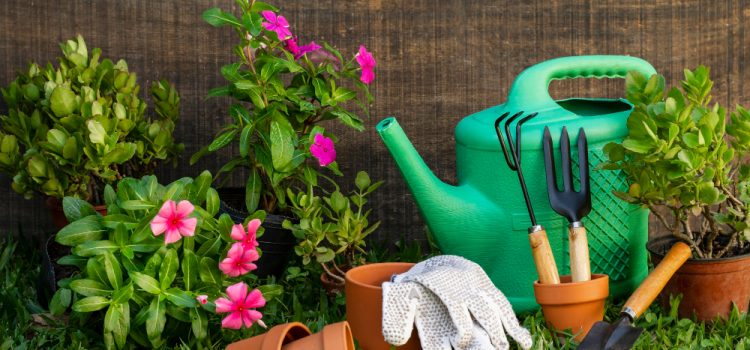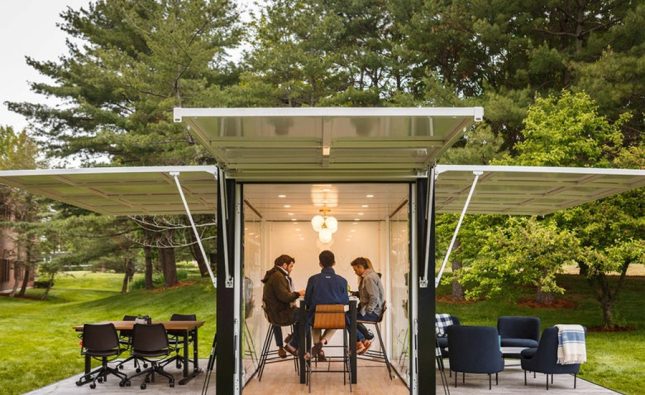
Introduction:
Designing a beautiful landscape for your garden can transform it into a stunning outdoor oasis. Whether you have a small backyard or a sprawling estate, careful planning and attention to detail can make all the difference. In this article, we will explore essential tips for garden design that will help you create a captivating and harmonious landscape.
1. Define Your Goals:
Before diving into the design process, it’s important to define your goals for the garden. Consider how you want to use the space – whether it’s for relaxation, entertaining, or growing plants. Understanding your objectives will guide your design decisions and ensure that the final result aligns with your vision.
2. Analyze the Site:
Take a close look at your garden site to understand its unique characteristics. Observe the sun exposure, soil type, drainage, and existing features such as trees or structures. This analysis will help you determine which plants will thrive in your garden and how to make the most of the available space.
3. Create a Focal Point:
A focal point is a key element that draws attention and adds visual interest to your garden. It could be a striking sculpture, a water feature, or a beautifully arranged flower bed. By creating a focal point, you can anchor your design and create a sense of balance and harmony.
4. Consider Scale and Proportion:
When selecting plants and hardscape elements, it’s crucial to consider scale and proportion. Choose plants that are appropriate for the size of your garden, ensuring they won’t overpower or get lost in the space. Similarly, hardscape elements like pathways, patios, and structures should be in proportion to the overall design.
5. Use Color and Texture:
Color and texture play a vital role in garden design. Choose a color palette that complements your home’s exterior and creates a cohesive look. Consider the different seasons and select plants that offer a variety of colors throughout the year. Additionally, incorporate plants with different textures to add depth and visual interest to your landscape.
6. Create Zones:
Dividing your garden into distinct zones can enhance its functionality and aesthetics. Designate areas for dining, lounging, and gardening, each with its own unique features and plants. By creating zones, you can maximize the use of space and create a sense of flow within your garden.
7. Incorporate Pathways:
Pathways not only provide practical access throughout your garden but also add structure and visual appeal. Choose materials that complement the overall design, such as natural stone, gravel, or pavers. Curved pathways can create a sense of intrigue, while straight paths offer a more formal look.
8. Embrace Sustainability:
Designing a sustainable garden is not only environmentally friendly but also adds a sense of harmony to your landscape. Incorporate native plants that are adapted to your region’s climate and require less water and maintenance. Consider installing a rainwater harvesting system and using organic fertilizers to minimize the environmental impact.
Conclusion:
Designing a stunning landscape for your garden requires careful planning and attention to detail. By defining your goals, analyzing the site, and considering elements such as focal points, scale, color, and sustainability, you can create a captivating outdoor space that reflects your personal style and enhances your enjoyment of your garden. So, roll up your sleeves, unleash your creativity, and embark on the journey of garden design to transform your outdoor space into a breathtaking haven.










